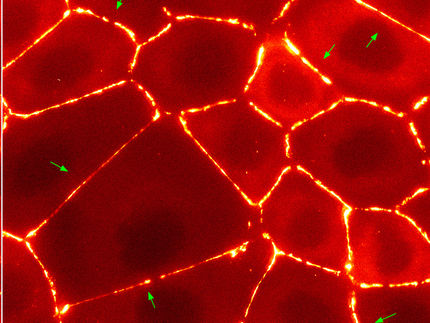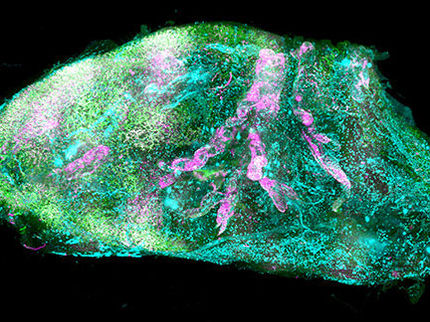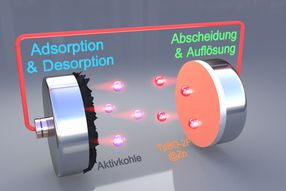The Facebook effect: Social media dramatically boosts organ donor registration
Johns Hopkins researchers see 21-fold increase in a single day
A social media push boosted the number of people who registered themselves as organ donors 21-fold in a single day, Johns Hopkins researchers found, suggesting social media might be an effective tool to address the stubborn organ shortage in the United States.
The gains were made in May 2012 when the social-networking giant Facebook created a way for users to share their organ donor status with friends and provided easy links to make their status official on state department of motor vehicle websites. The findings are being published in the American Journal of Transplantation.
"The short-term response was incredibly dramatic, unlike anything we had ever seen before in campaigns to increase the organ donation rate. And at the end of two weeks, the number of new organ donors was still climbing at twice the normal rate," says study leader Andrew M. Cameron, M.D., Ph.D., an associate professor of surgery at the Johns Hopkins University School of Medicine. "If we can harness that excitement in the long term, then we can really start to move the needle on the big picture. The need for donor organs vastly outpaces the available supply and this could be a way to change that equation."
Over the last 20 years, despite many efforts, the number of donors has remained relatively static, while the number of people waiting for transplants has increased 10-fold. There are more than 118,000 people currently on waiting lists in the United States for kidneys, livers and other organs and thousands of these patients will die before they receive transplants. It's estimated that between 5,000 and 10,000 people die every year whose organs would be suitable for transplant, but because they had not consented to be donors, their organs go unused. In the United States, organs may not be removed from a deceased donor without permission from either the individual prior to death or the family at the time of a relative's death. It is believed that over time, roughly 100 million Americans have registered to donate.
By looking at data from Facebook and online motor vehicle registration websites, the researchers found that on May 1, 2012, the day the initiative began, 57,451 Facebook users updated their profiles to share their organ donor status. There were 13,012 new online donor registrations on the first day, representing a 21.2-fold increase over the average daily registration rate of 616 nationwide. Registrations varied by state, with the first-day effect in Michigan rising nearly seven-fold and with nearly 109 times as many online registrations in Georgia as on a typical day. Cameron says it was heartening to see that the states of New York and Texas, where organ donation rates are among the lowest, had some of the biggest bumps on that first day.
While the number of online registrations dropped over the following 12 days, Cameron says it was still twice the normal rate at the end of that study period. "The half-life of a movement online is often just hours," he says. "This had a very powerful, lasting effect. But we need to find a way to keep the conversation going."
While the number of declared organ donors increased, it could be decades before researchers determine whether those people ultimately donate their organs.
The Facebook organ donor project came about after Cameron, a transplant surgeon, and his Harvard University classmate — and current Facebook chief operating officer — Sheryl Sandberg began talking about the organ shortage at their 20th college reunion in 2011. Through many conversations, the idea of having a place in the Facebook timeline for users to share organ donor status was born.
Going forward, Cameron says the key to continuing the push for more organ donors is figuring out a way to bring back some of the lost attention of those early days of the campaign and to find a way to get it to again go viral. Cameron says he has spoken to Facebook officials who are discussing relaunching it on its mobile platform, changing its prominence on the Web version or even offering incentives, such as coupons, for people who declare they are organ donors.
Cameron says that in recent years social media has shown it is not only a place for sharing what you ate for lunch or posting cute pictures of your kids. It can be an agent of social change, such as its use during the Arab Spring, after natural disasters such as the recent Oklahoma tornado, and in get-out-the-vote efforts before the recent election, he says.
"This was the first effort like this designed to mobilize people for a public health cause," he says. "Now we want to build on that. Studying the response to the organ donor effort is the next step in the process of using social media for social good."
























































